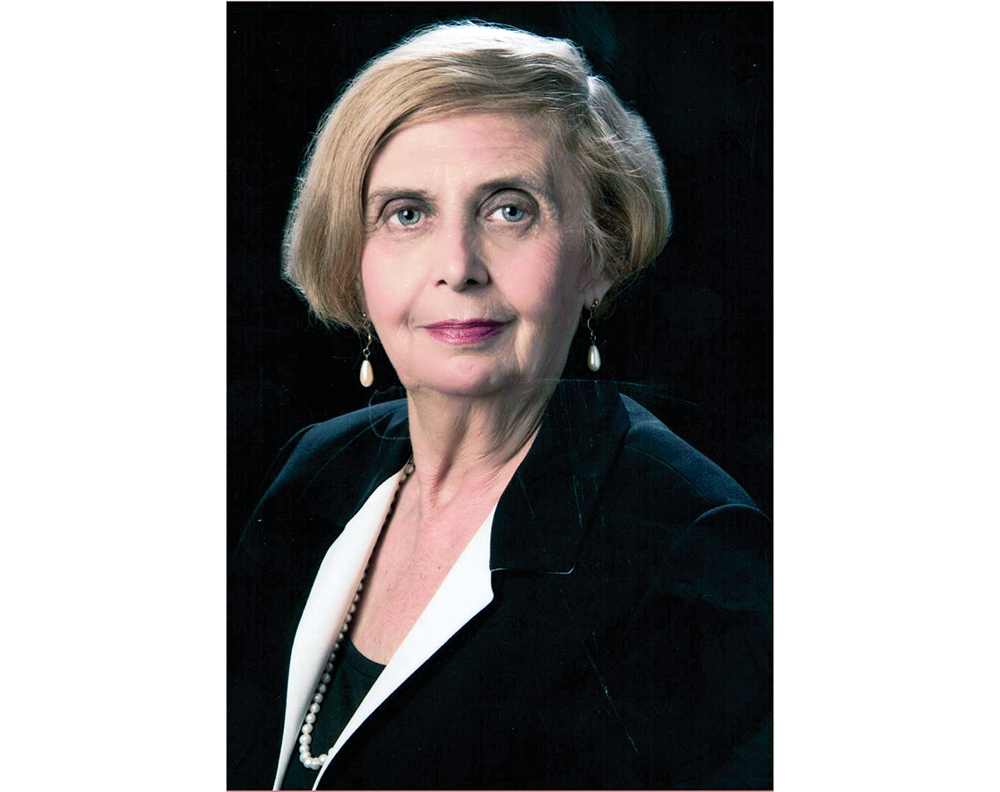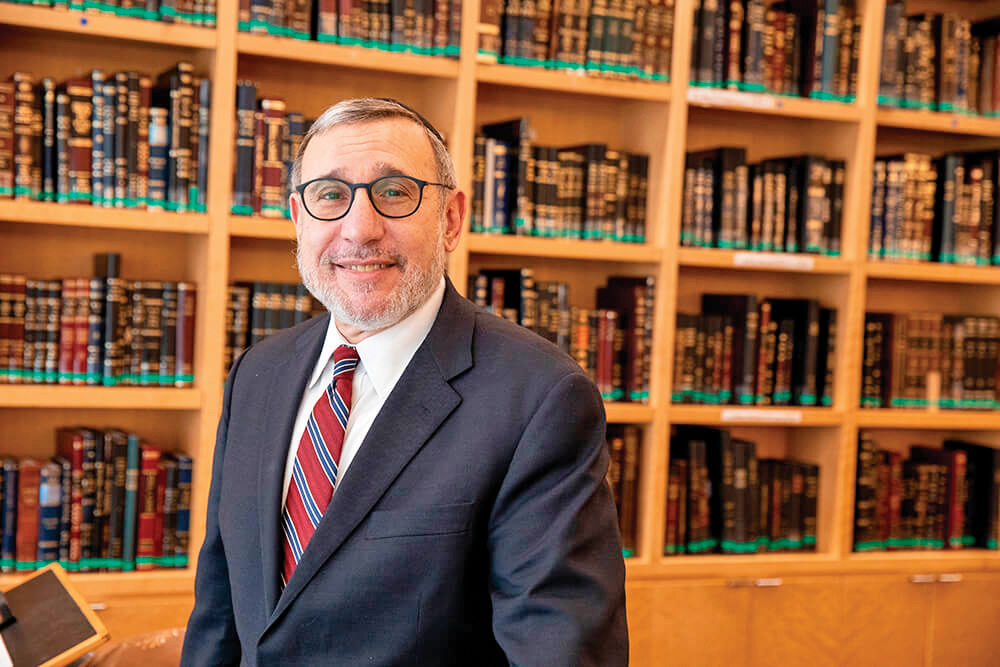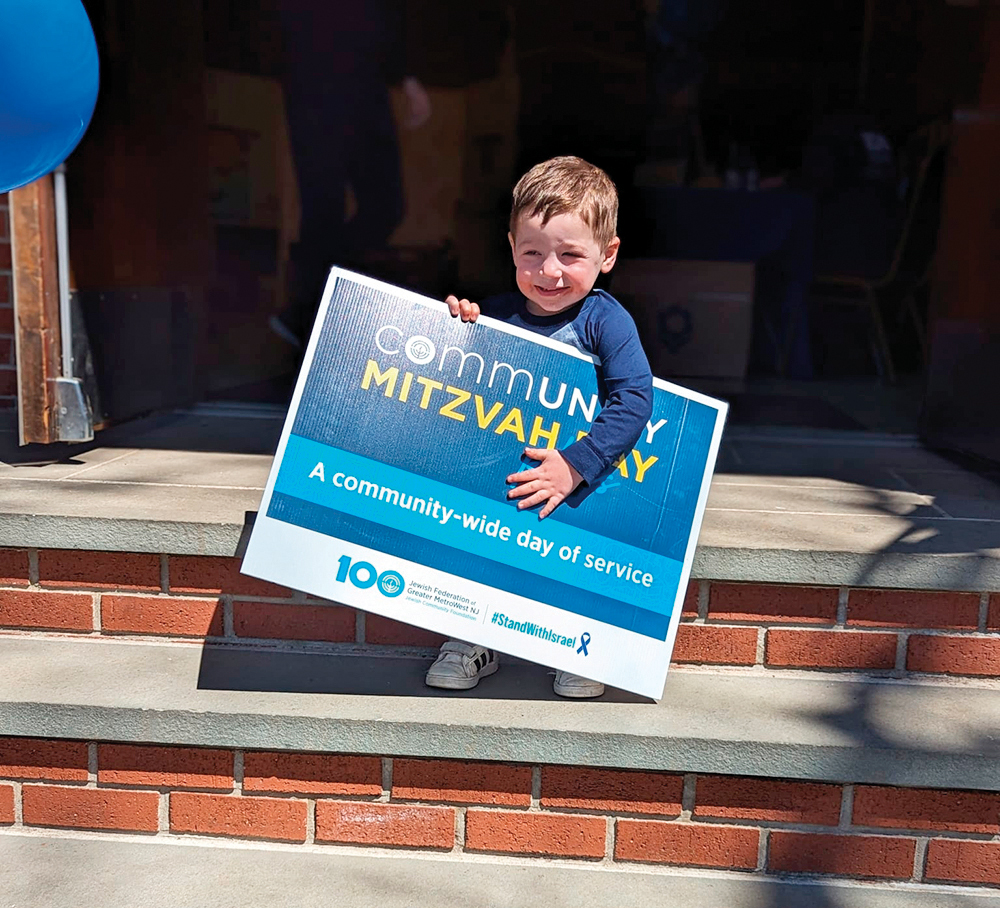This past Shabbat, the Ohr Saadya community began the project of making up the parshiyot that were missed from the weekly kriyat haTorah while shuls were closed. This took place in a special Shabbat morning minyan put together for this purpose, made up of volunteers who were excited to participate in this special opportunity. It was an inspiring experience, the first of a series of weekly installments planned between now and Simchat Torah.
The question of “making up” a leining that was missed on a previous Shabbat was addressed by rishonim such as the Agudah and the Ohr Zarua, quoted in the Rama (O.C. 135:2), and the analysis continued throughout the generations, up to this day, when contemporary poskim considered the situation of the current crisis.
Our approach followed the view of Rav Hershel Schachter, shlita, that “There is no requirement to make up the missed parshiyot under these circumstances, but if a shul decides that they would like to make up the missed Torah readings from the previous weeks, there is value in doing so (Piskei Corona #32).” (Rav Asher Weiss, shlita, took a different position on the question in his “Minchas Asher B’Tekufas HaCorona,” 34).
To express the issue broadly, concerns of overburdening the congregation (tircha d’tzibura), combined with other factors, point to the conclusion that there is no obligation to read the missed parshiyot on subsequent weeks, and especially in a situation such as this, where many parshiyot would have to be read. However, this is an exemption rather than a complete exclusion; reading these parshiyot voluntarily would not be comparable to eating matzah on Shavuot. The practice of publicly reading of the entire Chumash over the course of the year does not inextricably attach any parsha to any one Shabbat, and logic would indicate that if it were possible to complete the whole Torah this year by reassigning the parshiyot to later weeks, this would be a worthwhile accomplishment. In fact, according to most understandings, this is not even a “make-up” reading (tashlumin, comparable to davening Mincha twice to replace a missed Shacharit); rather, it would be the core observance, just distributed differently.
In Rav Schachter’s formulation, if the parsha or parshiyot being added were directly attached in the Torah to that week’s regular parsha, the leining would be extended backward at the beginning, and the previous week’s parsha would run into the assigned parsha for that week. If the parsha being added was from another part of the Torah, it could be read after the regular reading, as a maftir reading. To make the load manageable, this could be spread over several weeks, each with a maftir reading containing a portion of the missed readings.
Rav Schachter also ruled that this could be done selectively and to whatever degree desired, and thus recommended this for bar mitzvah boys who had their public reading canceled due to the crisis. When circumstances allowed, the parsha that they had prepared, originally for weeks or months earlier, could be added (in whole or in part, to whatever degree desired and accepted by the congregation) as a maftir to the regular parsha that week, and as the haftarah is attached to the maftir, the bar mitzvah boy could read his original haftarah as well.
Our indefatigable master ba’al korei, Rabbi Dr. Zalman Levine, had anxiously anticipated this opportunity and was eager to spring into action at a moment’s notice. He assessed that a first installment of the last three parshiyot in Sefer Shemot—Ki Tisa, Vayakhel and Pekudei—as one aliyah––would take 38 minutes, and would thus constitute a reasonable start. The volunteers were accordingly told in advance what to expect. (In reality, it only took 37-and-a-half minutes.) Dr. Levine’s son-in-law, Rabbi Adam Ariel, was a driving force behind this initiative, and authored a comprehensive, erudite and compelling article in Hebrew advocating for the readings.
The regular parsha for this Shabbat was Ekev, which contains an admonition not to forget the incident of the golden calf (Dev. 9:7). This prompts a question: Other concepts that the Torah requires us to remember, such as Shabbat, Amalek and Yetziat Miztrayim, have clear commemorations in Jewish practice. How is the obligation to remember the golden calf––according to the Ramban (additions to Sefer HaMitzvos #7), possibly an actual Torah commandment––ever fulfilled?
One approach, suggested by authorities such as the Malbim (Artzos haChaim, Hil. Tzitzis) and the Arugat HaBosem (Resp. O.C.205) is that we fulfill this imperative through the yearly reading of Parshat Parah in the month of Adar. This is in keeping with Rashi’s comment that the red heifer is an atonement for the golden calf––the mother cleaning up the mess made by the child. We choose this method as an expression of positivity: Instead of focusing on the downfall, we instead pay attention to the redemption.
This year, however, we did not read Parshat Parah; the shuls closed that very week for which it was planned. Instead, for us, the imperative found in Parshat Ekev was fulfilled differently: immediately after Ekev was read, Ki Tisa was read, the actual verses of the sin of the egel. Nonetheless, this year also, it was a positive focus. Ki Tisa was read as a voluntary statement of commitment to the Torah, a declaration that despite the challenges of this year, light would push through the darkness, and Torah obstructed would not be Torah omitted. Both Parshat Ki Tisa and Parshat Ekev describe the tablets being pushed to the ground; but joining the parshiyot in this unusual year reminds us that they speak of a new set, as well, to be held up high.
Rabbi Daniel Feldman is the rabbi of Ohr Saadya Teaneck, Rosh Yeshiva RIETS and an instructor at Syms School of Business.













